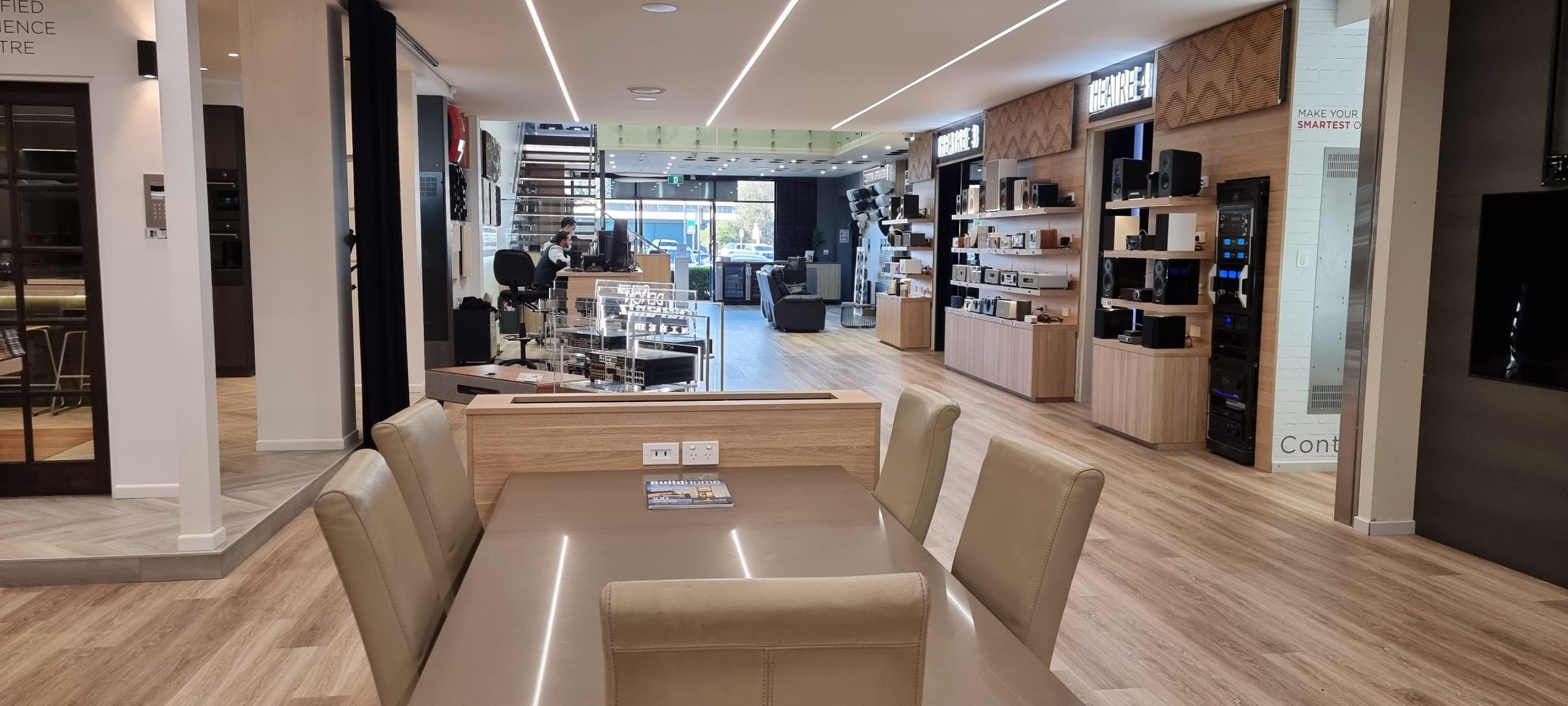NBN has responded to reports claiming the cost of the FTTP rollout in Australia is much higher than most other countries.
Following Professor Rod Tucker claims to a senate committee that the NBN FTTP rollout was “likely to be one of the most expensive, if not the most expensive, in the world”, NBN’s chief network engineering officer Peter Ryan has explained in a blog post that there were a number of reasons why this is the case.
“Australia’s cities are vast, sprawling outwards for many kilometres and, apart from in our relatively small CBD areas, the majority of Aussies live in standalone dwellings with decent sized front gardens that set the house a fair distance back from the road – these are key in driving up our costs,” Ryan said.
He provided examples of cities like Tokyo, Seoul and Hong Kong that were among the first locations to receive FTTP, where people mostly live in apartment buildings that allow thousands of premises to be connected after deploying 1km of fibre along a street.
According to Ryan, this is what has allowed other operators to keep costs to a minimum. For example, the per premises cost for the Hong Kong Broadband Network was lower than US$150.
“There is simply no getting away from the fact that delivering universal FTTP in Australia is always going to be more expensive than almost anywhere else in the world. Conditions here do not lend themselves to a cheap and fast FTTP deployment to every single premises and that is not going to change,” Ryan said.
“While costs may come down with new deployment processes and delivery methods, the costs of deploying alternate technologies will also improve, so it’s highly unlikely that fibre to the premises will ever be cheaper than the other technologies nbn is deploying, nor anywhere near as quick to deploy.”
NBN’s obligation to make access available to all Australians also “inevitably drives up per premises costs” Ryan said. While Professor Tucker claimed US operator Verizon had cut its connection costs in half during its FTTP rollout, Ryan said this was not possible in Australia.
“Verizon has been able to keep its overall cost per premises for FTTP down by focusing on deploying its network to high-margin, low-cost metropolitan areas and ignoring more outer suburban and rural areas where its cost to connect would be much higher – nbn cannot adopt this model,” Ryan said.
The decision to deploy the FTTP network underground for long term safety and security, compared to the overhead cable deployment of many other countries in the Asia Pacific region or the ‘micro-trench’ deployment often used by New Zealand operator Chorus, is also said to be a factor in NBN’s higher costs.
To close his blog post, Ryan noted Australia wasn’t unique in its situation, citing recommendations by the French Auditor General to shift from a FTTP deployment in France by 2030 to a ‘mix of technologies’ due to the “full reality of the cost of deploying FTTP outside of the big cities”.
He used this example, along with the decision by Google Fiber to pause its FTTP rollout in the US to focus on fixed wireless networks, to justify NBN’s approach to the network.
“This is exactly why it also makes sense for us to be flexible in our approach and have a range of technologies at our disposal and we then use those technologies in the area most suitable. By doing this we can not only get end users connected much faster but we can also do so at a lower cost.”












































